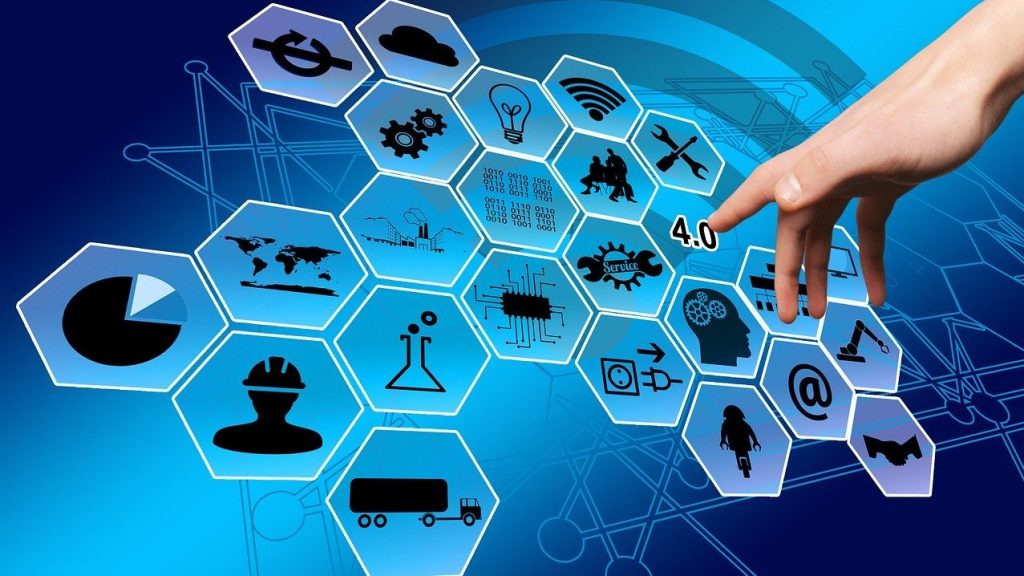 In today’s constantly evolving digital world, it’s amazing to see a “legacy” platform like the mainframe still stand amid a backdrop of shiny new technologies and cloud-based pay-as-needed services. Many have predicted the demise of the mainframe, but the fact that it’s still here and in use by the majority of Fortune 500 companies is testament to its longevity and robustness. Digital transformation is key in today’s trend of big data and digital transformation, and the mainframe is the system that will push your business toward that goal. A business will have to know the strengths of the mainframe and leverage on it, however, if it is to lead an organization into the future.
In today’s constantly evolving digital world, it’s amazing to see a “legacy” platform like the mainframe still stand amid a backdrop of shiny new technologies and cloud-based pay-as-needed services. Many have predicted the demise of the mainframe, but the fact that it’s still here and in use by the majority of Fortune 500 companies is testament to its longevity and robustness. Digital transformation is key in today’s trend of big data and digital transformation, and the mainframe is the system that will push your business toward that goal. A business will have to know the strengths of the mainframe and leverage on it, however, if it is to lead an organization into the future.
The foundation of digital transformation must be a strong one, and what better platform to stand as a foundation than on that’s stood the test of time? The mainframe might be old, but it’s far from being obsolete. The old adage stands in this case: Don’t fix what isn’t broken. As it stands, mainframes do still work—and work well—and in any digital innovation, it’s always best to start with what works. Resilience, high response times, scalability according to business need—these three characteristics have kept the mainframe alive and kicking, and these same characteristics will help move the mainframe into the future as a viable platform. Mainframes can’t remain static, though. Organizations have ever-changing requirements, and meeting them calls for the update and modernization of mission-critical mainframe applications.
Pushing the Mainframe Into the Future
In 2017, reports showed that plans were in place to maintain or modernize 84% of mainframe applications, with 84% of the app dev market using or planning a DevOps adoption. Mainframe modernization essentially means adapting the platform to modern needs through the adoption of modern philosophies or methodologies or the installation of modern software or hardware. As mentioned above, the prudent and less costly option for modernization is to start with what already works, so mainframe modernization should start by building on existing mainframe-based COBOL systems or what others refer to as “legacy systems.” The whole process of modernization should involve incremental improvement or addition of capabilities instead of replacement to preserve the function of current systems.
Business-critical COBOL applications can be modernized by connecting them with cloud and mobile applications. COBOL applications deliver a competitive advantage to many industries today, and this is why they power more than 65% of enterprise software and 70% of business transaction processing around the world. It’s also quite simple today to have enterprise COBOL work with XML, Java, and JSON, helping with the modernization process while also providing mobile applications easy access to the data and host-based processing they require.
In modernization, it’s vital to look at the bigger picture so that a connected ecosystem is achieved. Businesses need to determine where and when the necessary resources should be applied. An IT infrastructure that seamlessly integrates implementations across all parts of an organization will help determine what resources are needed and where. Once a mainframe is modernized, it can exist in either a virtualized or hybrid IT environment. A hybrid implementation is often ideal, since many companies are looking to integrate their mainframe into cloud systems to enhance the overall quality of connectivity.
Another approach to mainframe modernization is the integration of multi-platform DevOps. The combination of DevOps and agile with a unified development and delivery environment ensures that the mainframe remains a part of modern application deployment and implementation. As such, businesses must ensure that they have a mainframe-ready IT system and workforce. IT professionals and mainframe vendors alike have long advocated for an IT education approach that looks at the variety of IT skills and unifies it with modern technologies as they arise. The objective of this approach is to provide IT professionals technical skills across the board, allowing them to work with and gain expertise in all systems, including the mainframe. This also encourages professionals involved in the It industry to keep learning and be constantly updated with new technologies and the changes that come with them.
Digital Transformation in Phases
As with any transformation or core change, diving head first into it isn’t always a good idea. A phased approach into modernization is key so that you have time to get buy-in across the board and promote better collaboration within the organization. Leveraging existing tools and systems is the least intrusive way to introduce mainframe modernization, and it’s also the most cost-effective. With the whole organization on board, the right infrastructure and people in place, and ample amount of time to implement the necessary changes, it will be easy to implement a gradual and flexible approach to faster and seamless deployments.

Founder Dinis Guarda
IntelligentHQ Your New Business Network.
IntelligentHQ is a Business network and an expert source for finance, capital markets and intelligence for thousands of global business professionals, startups, and companies.
We exist at the point of intersection between technology, social media, finance and innovation.
IntelligentHQ leverages innovation and scale of social digital technology, analytics, news, and distribution to create an unparalleled, full digital medium and social business networks spectrum.
IntelligentHQ is working hard, to become a trusted, and indispensable source of business news and analytics, within financial services and its associated supply chains and ecosystems











